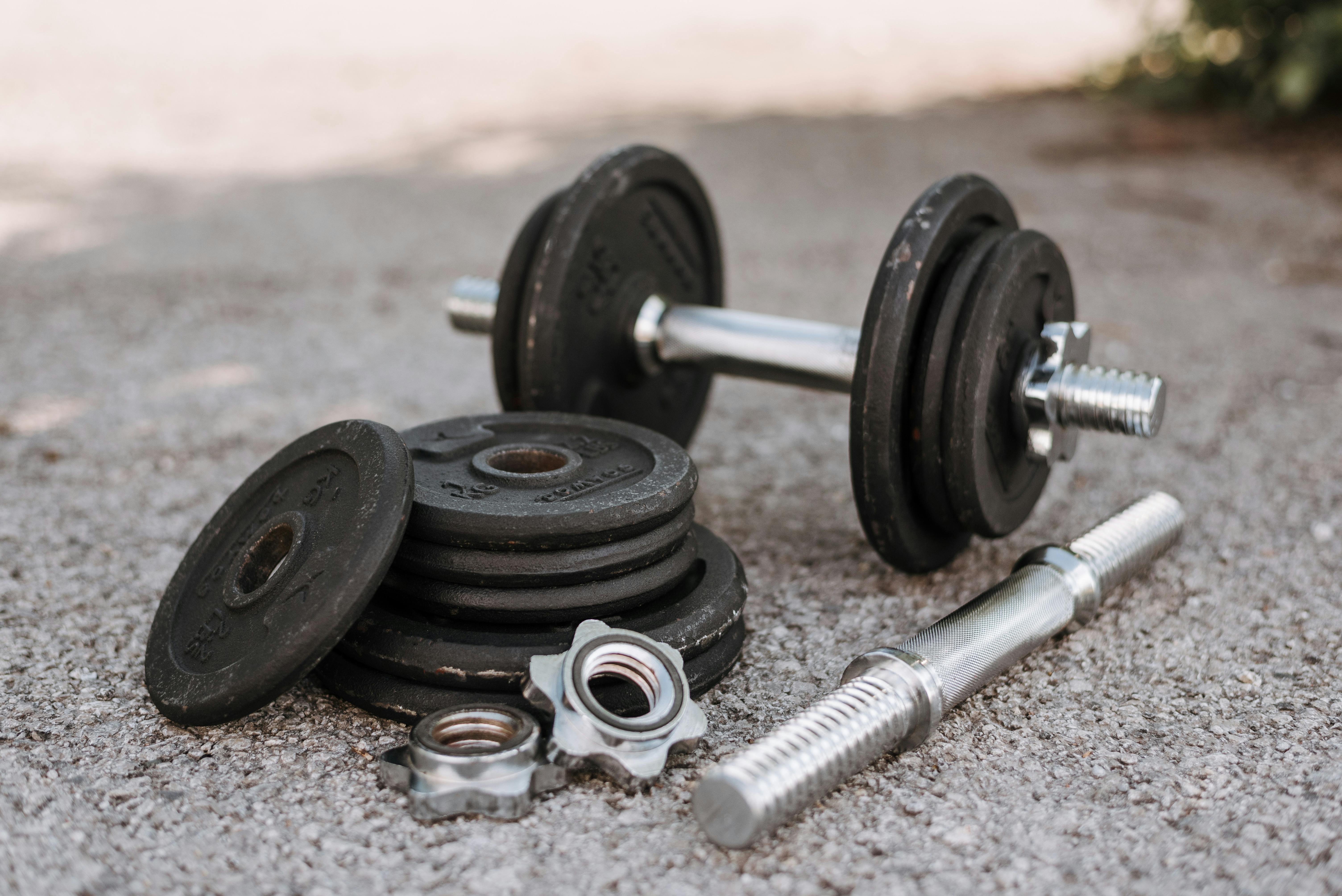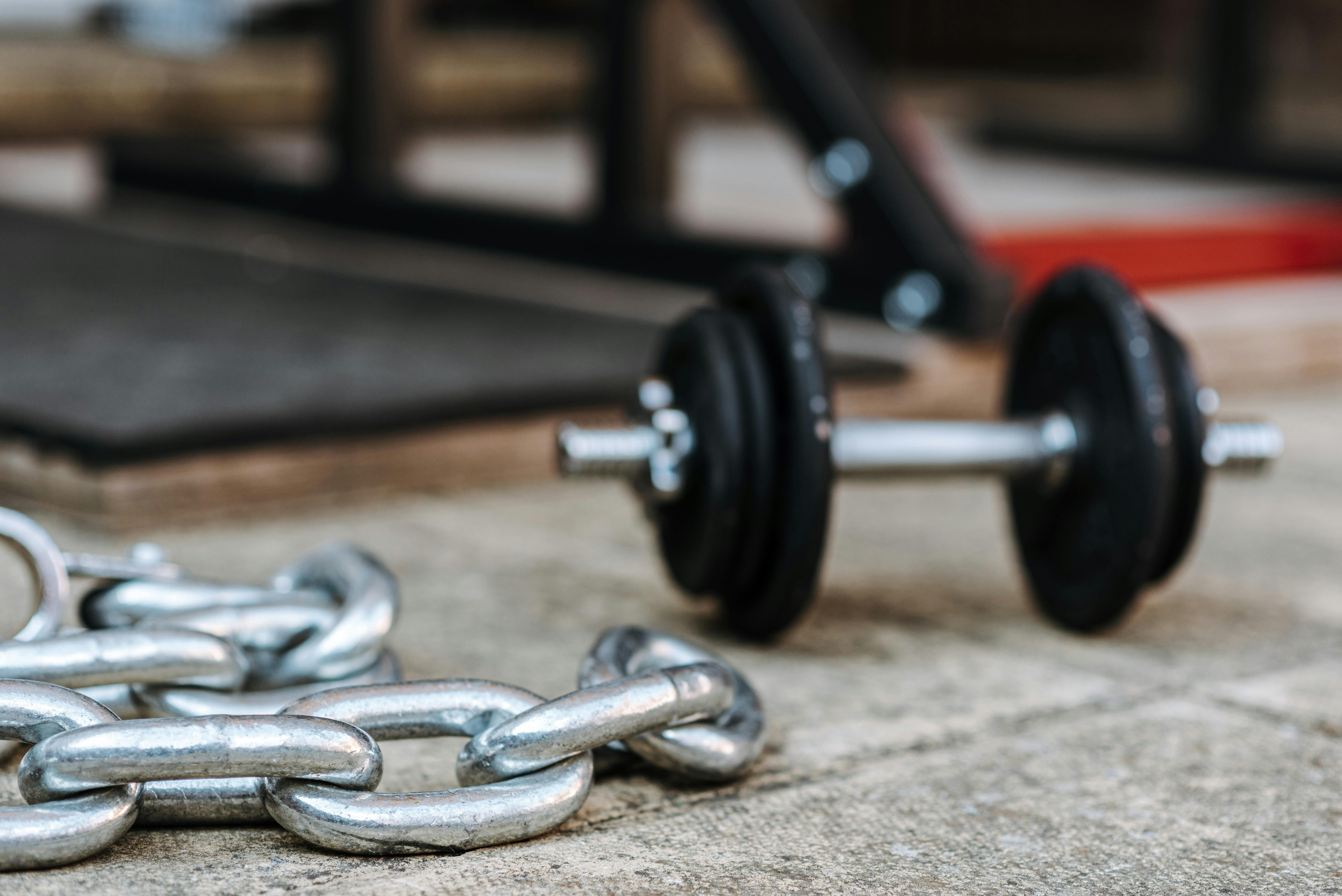Why Marine Stainless Steel Fittings Are Essential Today
Marine stainless steel fittings have become indispensable components in modern marine engineering. As vessels endure harsh sea environments, these corrosion-resistant parts ensure long-lasting safety and reliability. In this article, we explore everything you need to know about marine stainless steel fittings—from their fundamentals to practical implementation and future innovations.

Understanding the Fundamentals
Marine stainless steel fittings are specially designed components made from high-grade stainless steel alloys capable of withstanding saltwater corrosion. Their primary role is to secure, join, or anchor various structural parts on a boat, yacht, or ship.
Historically, boats relied on bronze or galvanized steel. However, the evolution toward marine stainless steel revolutionized the industry with unparalleled resistance and longevity in seawater conditions.
1.1 What Makes Marine Stainless Steel Unique
Marine-grade stainless steel—typically 316 or 316L alloy—contains high levels of chromium, nickel, and molybdenum. These elements enhance its ability to resist pitting and crevice corrosion. According to studies, 316-grade stainless steel lasts up to 10x longer in saltwater than standard 304 stainless steel.
These fittings are widely used in railings, hinges, cleats, and deck fittings on both recreational and commercial vessels. Unlike aluminum, stainless steel maintains strength without surface treatments or coatings.
1.2 Corrosion Resistance Explained
Compared to galvanized or painted steel, marine stainless steel fittings are inherently more durable. They resist rusting, scaling, and chemical damage, making them ideal for long-term marine use.
Many boat owners mistakenly assume that any stainless steel is marine-ready. However, only 316 stainless steel is suitable for extended saltwater exposure, thanks to its superior chemical makeup.
Practical Implementation Guide
Applying marine stainless steel fittings effectively involves understanding the correct installation techniques and selecting the right components for specific use cases. With the right approach, you can significantly enhance your vessel’s performance and longevity.

2.1 Actionable Steps
- Assessment and Planning: Inspect the vessel for rust-prone areas and determine where marine stainless steel fittings are required.
- Choose Quality Components: Use certified 316 or 316L marine-grade stainless steel. Ensure compatibility with adjacent materials to avoid galvanic corrosion.
- Installation Process: Use the right tools like torque wrenches and marine sealants. Schedule installation during dry docking to allow for precise fitting.
2.2 Overcoming Challenges
Common obstacles include incorrect material choice, poor installation practices, and dissimilar metal corrosion. To prevent these issues:
- Always verify alloy grades before purchasing
- Use isolators between stainless and aluminum surfaces
- Apply anti-seize compounds to threads to avoid galling
Experts recommend performing routine inspections and cleaning with non-abrasive solutions to maintain peak performance.
Advanced Applications
For high-performance vessels and demanding environments, marine stainless steel fittings are used in complex systems like hydraulic setups, custom rigging, and underwater hardware. These advanced applications require meticulous design and premium-grade materials.

3.1 Custom Fabrication for Racing Yachts
Racing yachts demand lightweight yet durable solutions. Custom-fabricated marine stainless steel fittings ensure optimal strength-to-weight ratios. For instance, adjustable turnbuckles and polished rigging terminals contribute to precise sail tuning and reduce drag.
3.2 Integration with Smart Marine Systems
Modern vessels integrate smart sensors and IoT-enabled hardware with stainless steel fittings. Compatibility with electronic systems is crucial. Mounting brackets for solar panels or GPS antennas must be resistant to both electrical and environmental interference.
Future Outlook
Technological advancements in metallurgy and marine architecture continue to refine marine stainless steel fittings. Self-healing coatings and hybrid alloys are already in testing phases.
Over the next 3–5 years, expect increased demand for sustainable, low-maintenance solutions, particularly in electric and autonomous marine fleets. Boat owners and designers must stay informed to remain competitive and compliant with new safety regulations.
Conclusion
To summarize, marine stainless steel fittings offer unmatched corrosion resistance, mechanical strength, and aesthetic appeal. Their adaptability across basic and advanced applications makes them a staple in marine construction.
Whether you’re upgrading an old vessel or fitting out a new yacht, investing in high-quality stainless steel fittings is a smart long-term decision. Take action today—evaluate your setup and plan your upgrades with expert guidance and precision.
Frequently Asked Questions
- Q: What are marine stainless steel fittings? Marine stainless steel fittings are hardware components made from corrosion-resistant steel used in boats and marine structures.
- Q: How do I get started with upgrading to stainless steel? Start by identifying critical points of wear, research 316-grade components, and consult with a marine hardware specialist.
- Q: How long does installation take? For an average boat, it takes 1–3 days depending on the number of fittings and accessibility of locations.
- Q: Are stainless steel fittings expensive? Prices range from $5 to $200+ depending on type and complexity, but offer long-term savings through durability.
- Q: How do they compare to other materials? Marine stainless steel outperforms aluminum and galvanized steel in corrosion resistance and longevity but costs more initially.
- Q: Are these fittings difficult to install? Basic components are DIY-friendly with common tools, but complex systems may require professional assistance.
- Q: Can they be used in commercial shipping? Absolutely. They are widely used in commercial applications like cargo ships, ferries, and offshore platforms.
